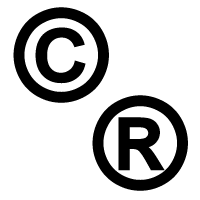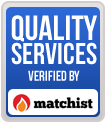
Popularity and increased use of the Internet has brought many wonderful benefits. The availability of information at speeds often more quick than our brains can transition is sometimes hard to wrap our heads around. In this age of advancement, the question of copyright is an obvious one. Once you put your words out there for the benefit of others, are they still yours? At what point is information to be shared and information to be cited?
The answer is not as vague as the questions make it seem. Your work is your work. Plain and simple. If you take the time to create original content, it is not ethical (nor is it legal) for another person or company to use the content as their own. The sad news is that this dishonest practice is occurring more and more. What can you do if someone uses your content? Thankfully, there are steps you can take.
1. Know the offender.
Do you know who has taken your content and used it without permission? If not, you’ll need to do some research. You can lookup the website owner via a Whois search, or check the PAD file if software is the content in question. While you’re researching, find out who is hosting the site. Check the host’s Terms of Service (TOS) and Acceptable Use Policy (AUP) to get an idea of how cooperative the webhost will be. Often, there will be information on how to file an abuse claim.
2. Know the law.
Before you start firing accusations, verse yourself in title 17, U.S. Code on copyright. Make sure that the content in question applies under this law and be able to specify the violation using terminology here. Note that only “works” can be copyrighted- not “ideas.” Information in an article can be the same, but the words used to express the ideas cannot be identical.
3. Document, document, document.
Have print copies of all documents in hand. Screenshots are excellent sources of documentation as well. A great source for information is www.archive.org. This site allows you to enter the URL of the website and gain information on when specific content was added to their site.
4. Make your case known.
Compose a letter to third party providers notifying them of the suspected violation. These providers can include associations, download sites, online ordering, hosting, and organizations. Be sure to send the same packet of information to each group, specifying the action you want them to take. Often, these groups will conduct their own investigation, so you may not receive immediate action. Be patient. They should respond and keep you abreast of developments in your case.
In the meantime, send a letter of Cease and Desist to the offending site owner. Tell them your feelings of copyright violation along with your expectations for content removal and further action.
Most often, these actions will be enough to get the content off the web. However, if not, be sure to follow up with third party organizations to ensure your rights and your work are protected.




